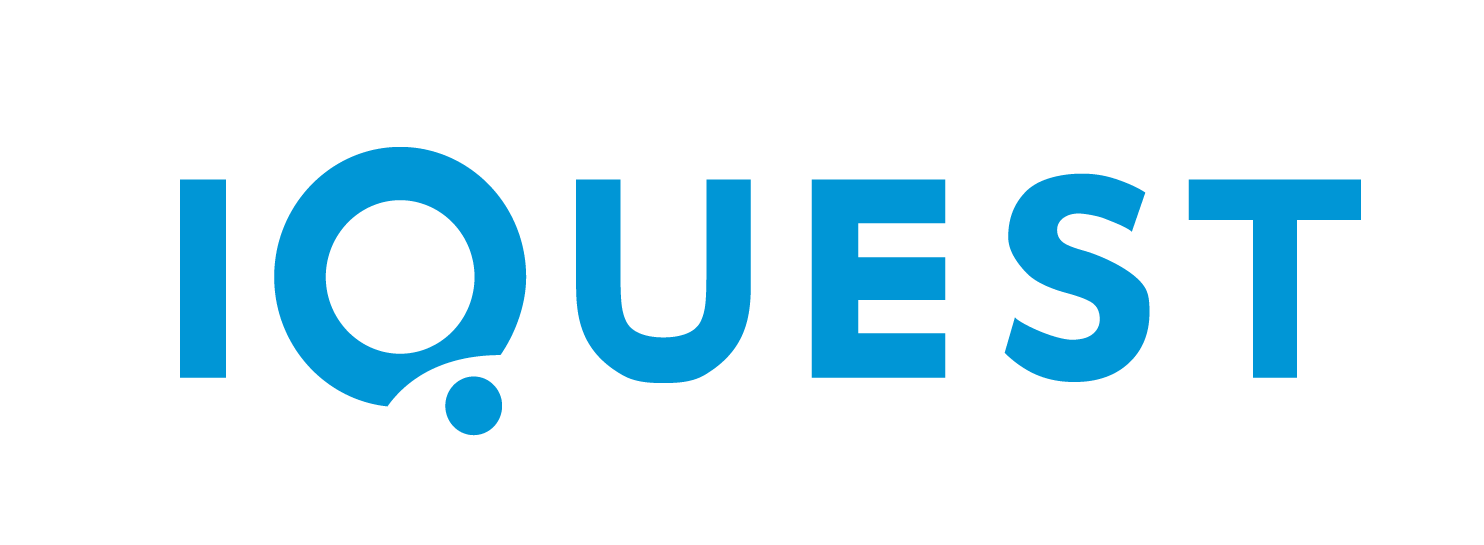I’m
proud to announce another Codecamp and ITSpark event. This time we decided to
go and organize an event in Brasov. This will be the first time when we
organize such an event in Brasov, but we hope that people will be interested
about it and will come to this event.
So,
if you are from Brasov and you are a developer or an IT Pro than you need to
book your afternoon in January 24th. Why? Well, 3 Microsoft MVP’s
will come in Brasov to talk about: HTML 5 applications, code quality and
virtualization using Microsoft Cloud and VMware Cloud.
This
event is 100% free. The only thing that you need to do is to register using the
following page https://codecamp-brasov-ian2014.eventbrite.com.
We will not check your name at the entrance, because of this you can come
without registering also J.
The
event will take place at Brasov Business Park (room Stefan Luchian) from 18:00.
Special
thanks for our sponsor:
Building web applications with
HTML 5 and related technologies
Mihai Tătăran
|
In today’s world, clients and
users are more and more demanding when it comes to the applications they use.
Whether we are talking about performance, fluid interface design, or
availability on different screen sizes and devices, web applications need all
these and even more. During this session we will explore how we can enrich
the web user’s experience with technologies like: HTML5, web sockets (and
Microsoft’s SignalR), and JavaScript libraries.
|
Managing code quality with
SonarQube
Radu Vunvulea
|
In this session we will discover
different metrics that can be used when we want to measure the code quality
of a project. To calculate and interpret this metrics we will use SonarQube.
|
Comparing Microsoft Cloud with VMware Cloud
Tudor Damian
|
The session plans to review the key capabilities of the latest
release of Hyper-V and see how they match with the latest release of VMware
vSphere across four key areas: scalability and performance, security and
multi-tenant environments.
|

Comments
Post a Comment